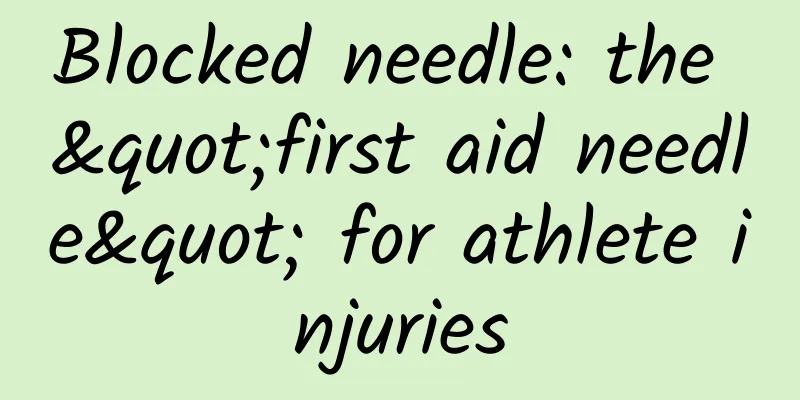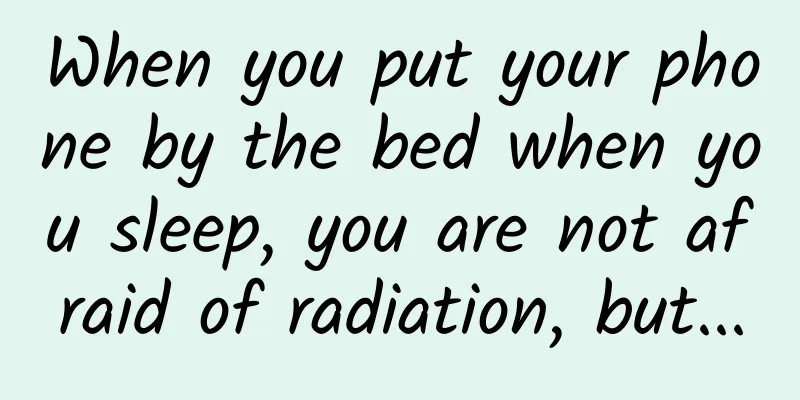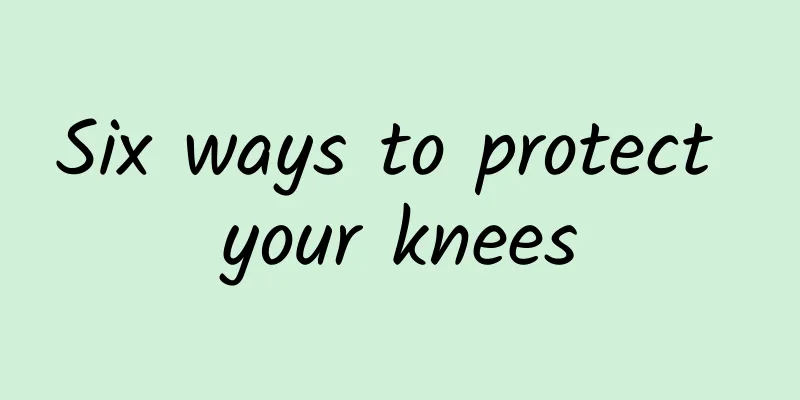Blocked needle: the "first aid needle" for athlete injuries

|
Author: Xu Liqun, The First Affiliated Hospital of Nanchang University Reviewer: Zhan Ping, deputy chief physician, First Affiliated Hospital of Nanchang University In the arena, every athlete is a warrior who pursues the limit and challenges himself. They water their dreams with sweat and create glory with tenacity. However, behind the glory and brilliance, there are often unknown hardships and challenges - injuries. In order to maximize their strength in the competition, many athletes choose a treatment method called "closed needle" as a means to relieve acute pain and quickly restore competitive status. Figure 1 Copyright image, no permission to reprint 1. What is a “sealed needle”? Simply put, a blocking injection is a method of applying medication to local pain points. A certain amount of local anesthetic and a small amount of artificial corticosteroids are mixed and injected directly into the pain point to "seal" the pain and achieve the purpose of quickly reducing inflammation, swelling, promoting blood circulation, and relieving muscle spasms. 2. What principles should be followed when giving a blocking injection? Only when the two conditions of soft tissue injury and aseptic inflammation are met, can the injection be used, and aseptic operation must be strictly followed during the operation. For example, frozen shoulder, arthritis of the limbs, sprains and strains during sports can be treated with injections; however, fractures, obvious traumatic injuries, pain caused by infection, etc. cannot be treated with injections. Figure 2 Copyright image, no permission to reprint 3. What effects does injection have on athletes? 1. Temporarily relieve pain In high-intensity competitions, athletes often get injured due to fierce confrontation and fast movements. The closed needle can effectively relieve the pain caused by injuries and allow athletes to recover their fighting power in a short time. 2. Potential risks (1) Health risks: Long-term and repeated use of blocking needles may cause a series of health problems, such as reduced resistance, moon face, buffalo hump, osteoporosis, femoral head necrosis and other complications. (2) Risk of dependence: Long-term dependence on closed injections may cause the athlete's body to become dependent on the drug, and once use is stopped, pain rebound may occur. (3) Risk of illness: Blockade injections can temporarily relieve pain, but they may also mask the athlete's true injury, causing the condition to worsen or even cause secondary injury. Figure 3 Copyright image, no permission to reprint 3. Impact on career Some researchers have found that the Achilles tendons of athletes who have undergone blocking injections are significantly worse than those who have not. Although glucocorticoids can have an anti-inflammatory effect, they can also inhibit the formation of capillaries, leading to ischemia and degeneration of the Achilles tendon, making it more prone to rupture. If blocking injections are given to the ligament area, glucocorticoids can also cause tissue degradation and destroy the ligament tissue structure, thus shortening the athlete's career. 4. How to use the blocking needle correctly? For many athletes, the use of blocked needles is a mixed blessing. If used properly, it is like honey to one, but if used improperly, it is like poison to another. So how to use blocked needles correctly? 1. It can only be performed after a full evaluation by a physician. At the same time, it also has high requirements on the physician's experience and skills, and the aseptic operation principles must be strictly followed. 2. No more than once a month and no more than three times a year. 3. After the blocked injection, local swelling and pain may occur due to drug reaction, which will generally be relieved and disappear after 48 hours. If redness, swelling and fever still exist after 72 hours, please seek medical attention immediately. 4. After the closed treatment, you should rest for a while to allow the aseptic inflammation in the affected area to be completely eliminated and achieve the best treatment effect. Many people may be deceived by the efficacy of anesthetics and mistakenly believe that they are cured after the closed injection. They do not rest well and repeatedly stimulate the affected area, causing the inflammation to "resurface". Although blocking injections are not the first choice for clinical pain treatment and cannot be used as a routine treatment, they can indeed quickly relieve pain. Therefore, we must correctly understand blocking injections and pay more attention to the correct use of blocking injections, so as to maximize their effectiveness. |
<<: Guidelines for correct treatment of foreign objects stuck in the throat of children
>>: Complications of liver cirrhosis? Don’t be afraid! There are ways to deal with it!
Recommend
What is the Korean drama Let's Have Dinner Together based on? Where can I read the Let's Have Dinner Together comics?
Korean dramas have been a favorite of people sinc...
Will yellow leucorrhea affect women’s pregnancy?
The incidence of abnormal leucorrhea seems to be ...
What medicine can quickly eliminate milk knots?
Pregnant women often breastfeed their babies afte...
If a woman doesn't do this well, she will be hurt for life!
In recent years, the proportion of unmarried wome...
Pregnancy can be detected two days before menstruation
Pregnancy is a very important thing for women, be...
What causes hydronephrosis in women?
Due to the differences in the physiological struc...
Can folk remedies cure presbyopia and cataracts? Don’t believe it!
As they age, many elderly people cannot avoid suf...
How is acute leukemia usually diagnosed? Can it be cured?
Author: Jiang Bin, Chief Physician, Peking Univer...
Can scanty menstruation lead to infertility? See the answers from authoritative experts
Small menstrual volume is a manifestation of irre...
Soaking feet, wearing shoes, and trimming toenails are common, but they can be a disaster for patients with diabetic foot...
Author: Wu Weiwei, Chief Physician of Beijing Tsi...
The most typical symptoms of ectopic pregnancy
Ectopic pregnancy mainly refers to abnormal impla...
Improve cancer prevention and treatment awareness and raise awareness of early screening and diagnosis
In order to further respond to the call of the &q...
What are the recipes for green papaya breast enhancement?
Although green papaya tastes good and is sweet, i...
How can dialysis patients prevent cardiovascular disease? These 3 key points must be mastered!
Dialysis patients have severely impaired renal fu...









